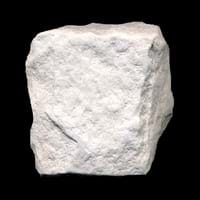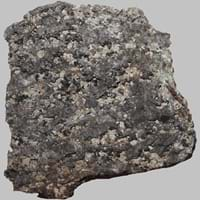Formation
Diatomite rock formed from the skeletal remains of single celled plants called diatoms. When diatoms die, their skeletal remains sink to the bottom of lakes and oceans etc. hence forming diatomite deposit.
Essexite is a type of igneous rock, which is usually dark grey to black plutonic rock. For the formation of essexite, suitable magma with exact composition of K, Ba, Rb, Cs, Sr should be produced.
Mineral Content
Calcite, Clay, Clay Minerals, Quartz, Sand
Augite, Feldspar, Hornblende, Nepheline, Olivine, Plagioclase, Pyroxene
Compound Content
Ca, NaCl, CaO
Aluminium Oxide, Ba, Ca, Cs, Potassium, Rb, Sodium, Sr
Types of Metamorphism
Not Applicable
Burial Metamorphism, Cataclastic Metamorphism, Contact Metamorphism, Hydrothermal Metamorphism, Impact Metamorphism
Types of Weathering
Biological Weathering, Chemical Weathering, Mechanical Weathering
Biological Weathering, Chemical Weathering
Types of Erosion
Chemical Erosion, Coastal Erosion, Wind Erosion
Coastal Erosion, Glacier Erosion, Water Erosion
Diatomite and Essexite Formation
Formation of rocks is a long process and hence, Diatomite and Essexite formation sounds very interesting. According to the formation, all rocks are divided into :Igneous Rocks, Fossil Rocks and Metamorphic Rocks. Igneous rocks form by crystallization of magma or lava. The magma is made up of various components of pre-existing rocks which have been subjected to melting either at subduction zones or within the Earth's mantle. Igneous rocks are generally seen at mid ocean ridges or in intra-plate hotspots. Sedimentary rocks are formed when sediments accumulate gradually. As the sediments are buried they get compacted as more and more material is deposited on top. Eventually the sediments become so dense that they form a rock. Metamorphic rocks are rocks which once existed as igneous or sedimentary rocks but have been subjected to varying degrees of pressure and heat within the Earth's crust. Get to know all about formation of Diatomite and Essexite , composition of Diatomite and Essexite and their transformation.









